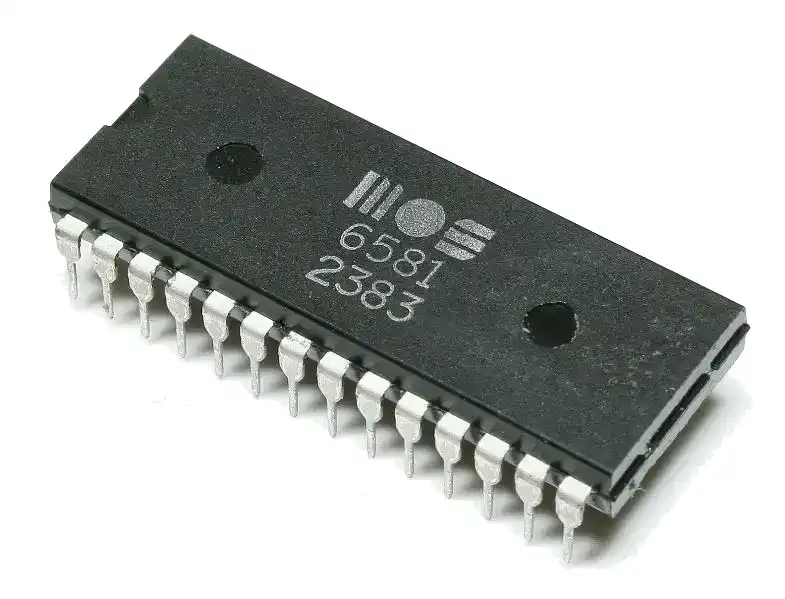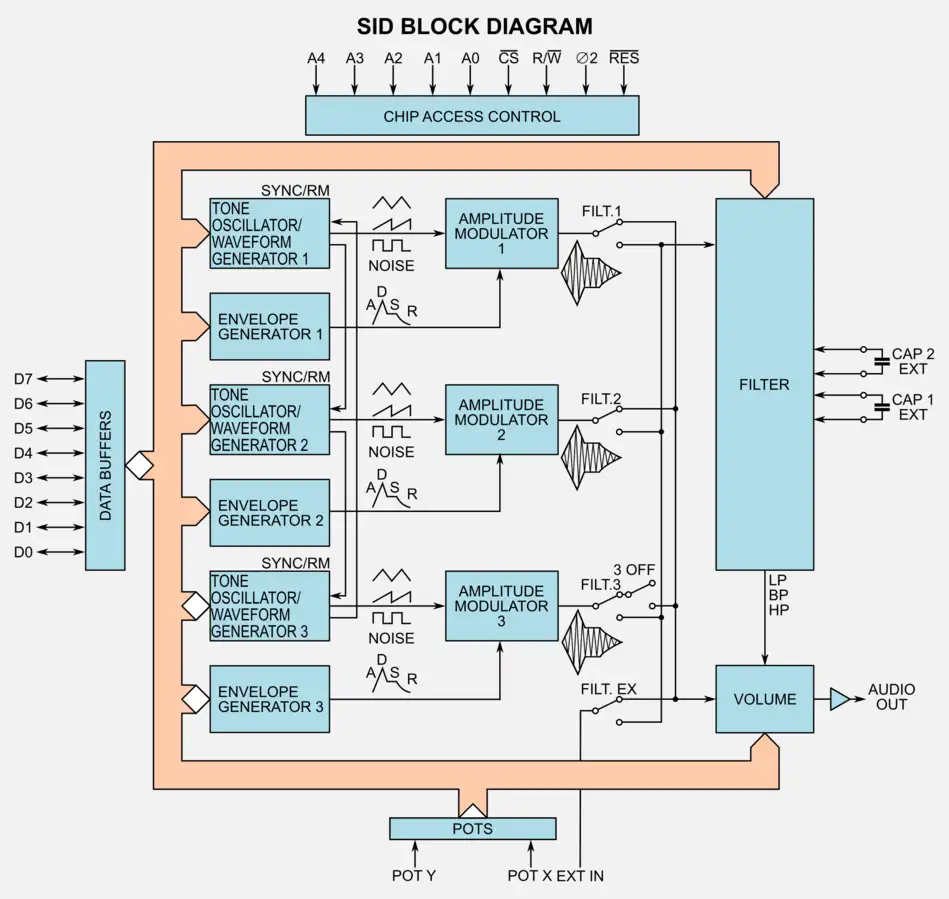Commodore CBM 610 (B128)
The commodore CBM 610 is the first in the 600 series and is the same computer as the CBM 710 computer, but with an 8x8 pixel character ROM, as opposed to the 8x14 pixel characters of the 710. The case is the same as the case for the CBM 500 series.

Commodore CBM 600 Series
The Commodore 600 series was introduced in 1982 and sold in the US as the B128 / B256 and in Europe as the the CBM 600 series. The B128/600 series are in an identical case as the B500 series but have the MOS 6509A CPU running at 2MHz. The VID-II video chip was not used for this series, since it targeted the business market. Instead, the 6545 CRT Controller was used so that 80 columns could be displayed.
The following configurations were sold:
- CBM 610 (B128) - 128KByte RAM
- CBM 620 (B256) - 256KByte RAM
- CBM 630 (B256) - 256KByte RAM + CoProcessor board
The 600 series uses the 6509A CPU clocked at 2MHz and has 40KByte ROM with BASIC 4.0. An additional 704KByte of external RAM is supported through bank switching. Some of the other capabilities and peripherals were:
- MOS 6551 ACIA chip with an RS232-C port
- IEEE-488 compatible peripheral port
- MOS 6581 SID for sound
- MOS 6525 TriPort Interface (TPI) Chip for the keyboard
- MOS 6545 CRT Controller for 80x25 monochrome text**
** Graphics were limited to 80x25 characters with a 8x8 character matrix
MOS 6509 CPU
THe MOS Technology 6509 is an enhanced version of the 8-bit 6502 CPU. Using bank switching the 6509 is able to address up to 1MByte of RAM. The 6502 also could do bank-switching, but did so via separate logic circuits, the 6509 had this logic built in. This extra logic made the 6509 difficult to program, and it was mainly used in the Commodore CBM-II line of computers.
Source:WikiPedia - MOS Technology 6509Source:WikiPedia - MOS Technology 6502

SID (MOS 6581) - Sound Interface Device
SID is short for Sound Interface Device. It is the name of the sound chip that was used in the VC10, the commodore 64 and the Commodore 128. SID was developed by Bob Yannes, an employee of MOS Technology. Bob was not only an engineer but also knew a lot about music. His intention was to create a different sound chip than other devices at the time. He implemented a subtractive synthesis chip. The chip's distinctive sound is easily recognized and was clearly ahead of the ocmpitition. The SID combines analog and digital circuitry that cannot be 100% emulated, even today.
Source: C64 Wiki


